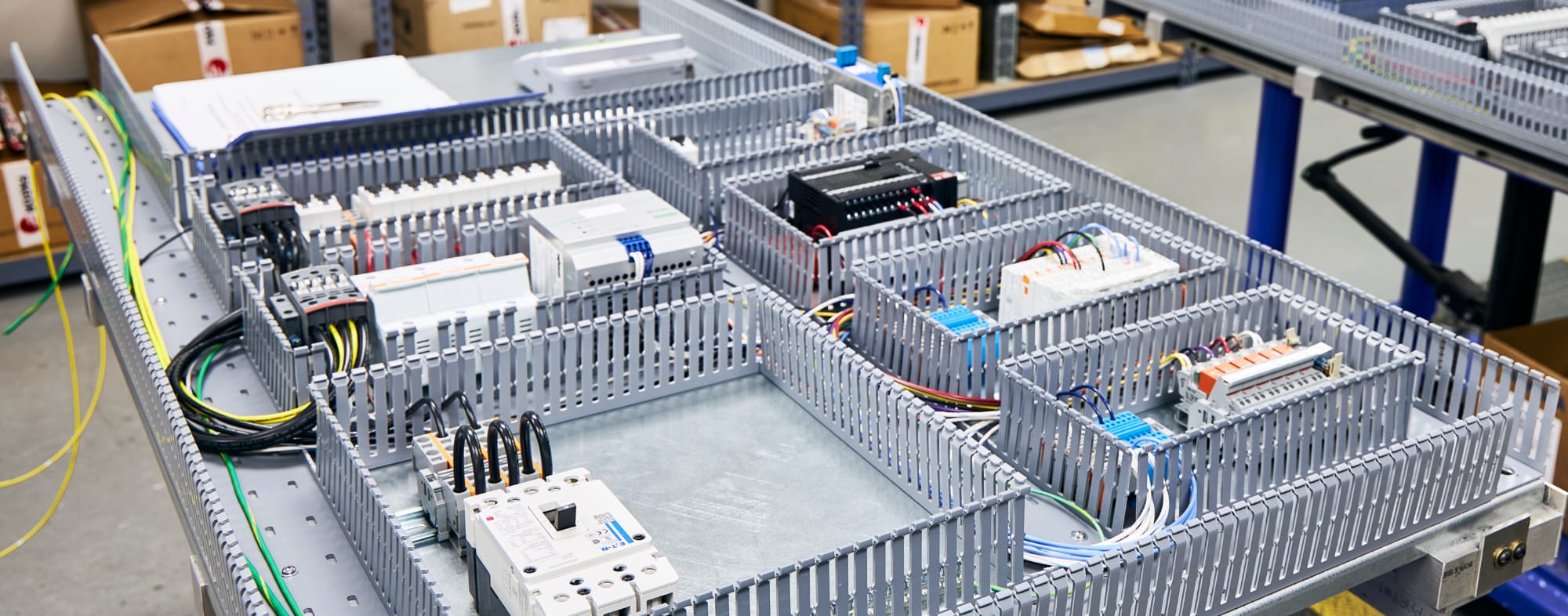Tools make history. The printing press led directly to the Renaissance, and the assembly line launched the Industrial Revolution. As people look to the future and wonder what giant shifts will come next, it only makes sense to pay attention to the new tools that are emerging—chief among them the 3D printer.
At Diversified Machine Systems, we have already seen the impact of additive technologies firsthand, as our customers tackle new projects and expand their production capabilities. These same changes are evident at a larger scale: the manufacturing sector is already shifting in response to the new possibilities of 3D printing. Here are four trends we’ve observed.
1. Better Scaling
One of the biggest shifts in manufacturing is the potential for different scales of production. Traditional manufacturing processes often lock companies into large and expensive production runs. By contrast, additive and hybrid processes make small-scale production more economically feasible. Complex manufacturing operations are simplified by additive technologies, cutting out time-consuming surplus steps and allowing companies to scale to their exact needs.
But 3D printers can also be implemented into large-scale projects. Increasingly, manufacturers are not only turning to 3D printers for small-scale production. More companies are making them a part of their high-output production lines. The Harvard Business Review notes,
Among the numerous companies using 3-D printing to ramp up production are GE (jet engines, medical devices, and home appliance parts), Lockheed Martin and Boeing (aerospace and defense), Aurora Flight Sciences (unmanned aerial vehicles), Invisalign (dental devices), Google (consumer electronics), and the Dutch company LUXeXcel (lenses for light-emitting diodes, or LEDs).
Billion-dollar companies like GE have incorporated 3D printers into their work, on everything from turbine engines to the world’s first fully 3D printed miniature jet engine. As Business News Daily notes, “While low-volume manufacturing suits the capabilities of 3D printing, advances in technology make 3D printing a viable option of higher-volume production.”
2. Reduced Waste, Reduced Cost
Additive processes significantly reduce waste, which in turn reduces costs. While a traditional CNC machine cuts from large blocks of material, much of which goes directly into the trash, 3D printing uses resources much more efficiently. By letting manufacturers produce products on-demand, it prevents surplus production that takes up space in a storage facility.
Of course, this makes for a more environmentally friendly experience. Fewer resources are wasted, and fuel efficiency is increased in transport, since 3D-printed products tend to be lighter than products made with other processes. Reduced waste leads to reduced cost, which in turn reduces the environmental impact.
3. Copyright and Licensing
The integration of 3D processes is not without its dangers. Because 3D designs are complete and easily replicable, intellectual property is more susceptible to being acquired and used without permission.
Even so, for the savvy manufacturing company this risk comes with a chance for further profit. According to Business News Daily, “Within these major developments, there also lies opportunity. 3D printing will allow manufacturers to license the rights to their designs, which could be made downloadable to the licensee to 3D print.”
4. Innovation
The enhanced scaling of 3D printing leads naturally to greater capabilities for innovation. While more traditional processes make prototyping an expensive and time-consuming process, 3D printing lets manufacturers make alterations on the fly. As Macoma Tech writes,
Traditional processes require expensive tooling, materials, and equipment to make one prototype. However, engineers can design, validate and print an equivalent prototype within a couple of days or maybe hours.
Rapidly moving from a prototype to a viable proof of concept expedites product development. It’s impossible to predict what new products will emerge as a result.
The potentials of such innovations are perhaps most evident in the medical sector, where researchers are currently inventing ways to use 3D printing to make organs for patients who need transplants. Clearly this would be a major development, saving untold lives. That’s not to mention the ways manufacturers are using 3D printers to pioneer new projects in aerospace, automotive, and countless other industries.
We at Diversified Machine Systems are already seeing our clients reach new heights by incorporating additive processes. We can’t wait to see what’s next for 3D printing.


